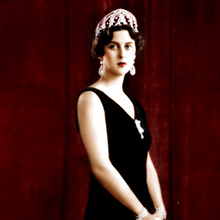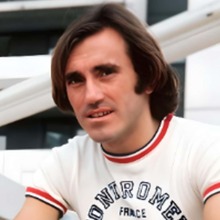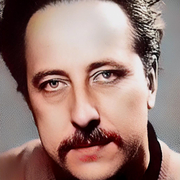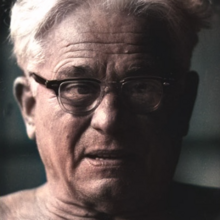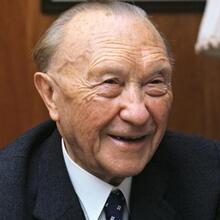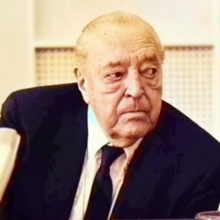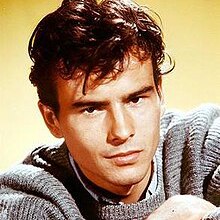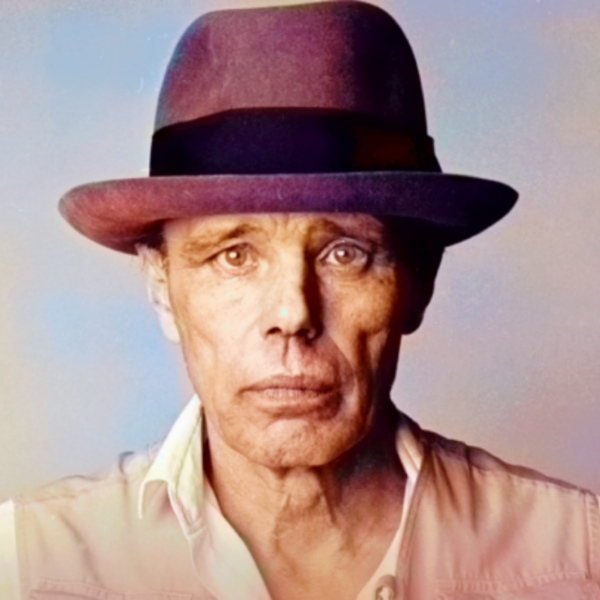
Personal
Other names:
Job / Known for:
Sculptor and performance artist
Left traces:
Social sculpture and Fluxus movement
Born
Date:
1921-05-12
Location:
DE
Krefeld, Germany
Died
Date:
1986-01-23 (aged 65)
Resting place:
DE
Death Cause:
Heart failure
Family
Spouse:
Eva Wurmbach (1959–1986)
Children:
Wenzel Beuys and Jessyka Beuys
Parent(s):
Josef Jakob Beuys and Johanna Maria Margarete Beuys née Hülsermann
QR Code:
Show More
Rank
Users ranking to :
Thanks, you rate star
Ranking
5.0
1
About me / Bio:
Show More
Article for Joseph Beuys
Died profile like Joseph Beuys
Comments:



